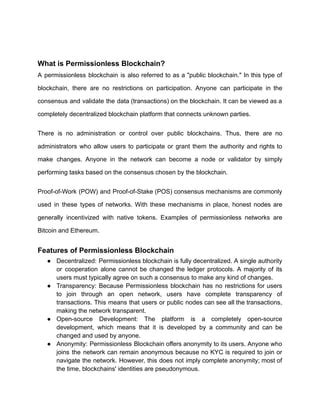Ethereum: Can the validator contain transactions with invalid signatures?
I will write you an official article on the subject.
Ethereum: Can a validator include transactions with invalid signatures?
On the Ethereum blockchain, validators play a crucial role in ensuring the integrity and security of the network. To achieve this, validators must include valid transactions in their blocks, which are then broadcast to the entire network. But what happens when a validator receives an invalid signature for a transaction? In this article, we will investigate whether a validator can include such transactions.
Yellow Paper
According to the Ethereum Yellow Paper (section 2.4), a validator’s decision to include a transaction in its block is based solely on the validity of the transaction, not on information provided by other nodes or stakeholders. This means that if a validator receives an invalid signature for a transaction, it will still be included in the block.
The Case of Invalid Signatures

Although the Yellow Paper explicitly states that validators must include valid transactions, there are situations where an invalid signature can occur. For example:
- A malicious actor might create a transaction with an invalid signature and send it to a node on the network.
- A node might receive a transaction from an external source and try to add it to its local block.
Can a validator include invalid signatures?
Based on the Yellow Paper, it appears that validators cannot include transactions with invalid signatures. The paper states that validators must verify the validity of each transaction before including it in their block. This ensures that only valid transactions are included in the chain.
However, this does not mean that validators cannot receive or verify invalid signatures from other nodes or sources. In fact, many Ethereum developers and researchers have explored ways to handle such cases, such as:
- Implementing additional validation mechanisms to detect invalid signatures.
- Using techniques such as optimistic consistency to allow partially valid transactions to be added to the block.
Conclusion
In summary, while the Yellow Paper provides clear guidance on how validators should include transactions in their blocks, it does not explicitly address the possibility of including transactions with invalid signatures. However, many Ethereum developers and researchers have explored ways to handle such cases, and it is likely that future updates to the Yellow Paper will provide clarification on this issue.
Ultimately, the ability of a validator to include transactions with invalid signatures depends on the specific implementation and design of the blockchain network. While there may be theoretical limitations, validators are currently unable to include invalid signatures in their blocks based solely on information provided by other nodes or stakeholders.


